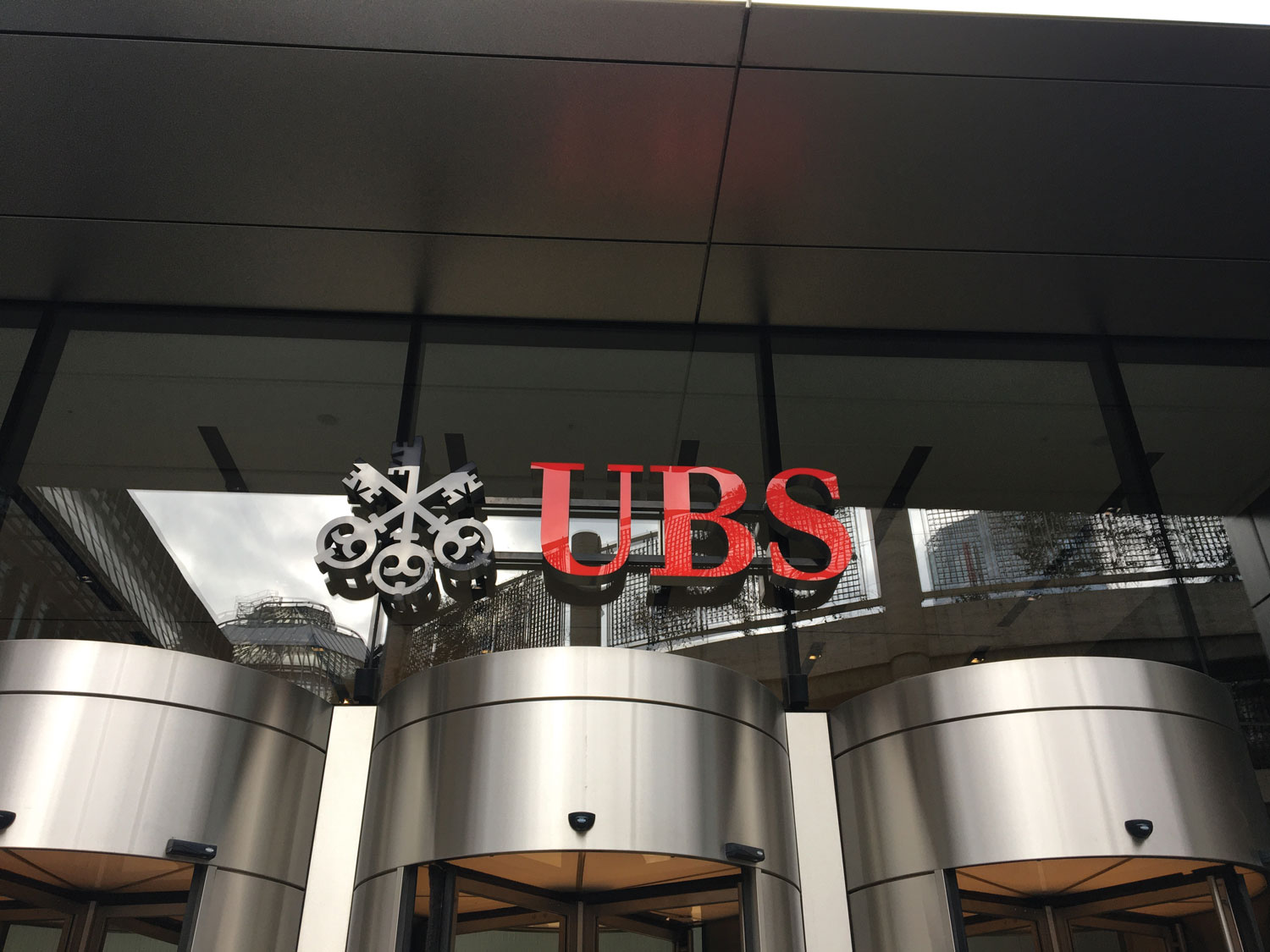
Kurtosis optimisation gives portfolios a shock absorber
Hedge fund quant shows how an alternative to PCA makes risk management more robust
The Pine Tree Market Neutral fund is much like any other absolute return, long/short fund. It targets a return of 9% per year – and it’s mostly reliable at hitting that target. In 2017, 2018 and 2019 it returned between 9% and 10%. In 2020, one of the most volatile, fat-tailed trading years in recent memory, the fund returned 22.8%.
Jan Rosenzweig, portfolio manager of the fund and a visiting senior research fellow at King’s College London, says the strategy avoided any sharp negative drops during the year by using a risk-mitigating tool to optimise kurtosis. Rosenzweig introduced the technique – known as independent component analysis (ICA) – to the fund in 2019. Earlier this month he published a paper describing how it works.
The distribution of most financial markets’ returns is known to display fat tails. Kurtosis is a statistical measure that captures the level of thickness of the tails of a distribution. While kurtosis is a widely understood concept, some say it’s underused.
Javed Ashraf, New York-based portfolio manager at hedge fund Black Box, says: “Kurtosis is not as straightforward to handle as variance. Extrapolating parameters that are stable over time or allowing a kurtosis event to affect your statistics for an excessively long time are challenges, but there are ways to mitigate those issues.”
Most traditional methods for optimising portfolio allocation in the presence of tail risk assume all distributions are Gaussian. ICA takes a different approach – “this is an attempt to avoid the Gaussianity assumption and the associated problems”, says Rosenzweig.
Both ICA and the much better-known principal component analysis (PCA) identify orthogonal, independent components of a given dataset of financial values, such as asset price returns. PCA does this by selecting the weight of each component so that it maximises the variance it can explain, whereas ICA selects weights by maximising the kurtosis they can explain.
The asset allocation based on ICA uses what Rosenzweig dubs the fat-tailed ratio, defined as return over kurtosis ratio at the power of 1/3. It’s equivalent to the Sharpe ratio for non-Gaussian systems, but the weight allocated to assets is sublinear in the return so it does not reward high-return, high-risk assets as much as PCA.
“If you follow this method you are avoiding the so-called ‘winner takes all’ problem, which results in putting the bulk of your portfolio into a handful of high-performing assets. With ICA, you’re distributing assets more evenly. You’re still overweighting the high performers and underweighting the low performers, but significantly less so – so you are much more diversified,” says Rosenzweig.
The PCA approach tends to identify only one dominant component that explains the bulk of variance and gives less significance to others. With ICA, the contribution of components is more equal.
Extrapolating parameters that are stable over time or allowing a kurtosis event to affect your statistics for an excessively long time are challenges, but there are ways to mitigate those issues
Javed Ashraf, Black Box
A desirable property of the ICA approach is that it doesn’t make assumptions on the distribution of the underlying assets. In fact, by using kurtosis it selects components based on their non-Gaussianity, or, in other words, their distance to the Gaussian distribution.
ICA doesn’t drive returns. Managers employ other methods and models to select assets to generate performance. Instead, ICA is a shock absorber: it mitigates risks in a portfolio. Using ICA to determine asset allocation makes the portfolio more robust, reducing tail risk.
Morgan Hill Consultants, a fintech provider, has incorporated the technique as part of the tail risk management package it offers to clients. Nigel Duke, managing director at the company, says he came across Rosenzweig’s work in 2020, and was impressed by the method’s ability to limit downside risk in an automated way. Duke says the technique has strengthened the resilience of the portfolios that include it.
Ashraf at Black Box has applied ICA to a portfolio that had significant kurtosis. He says the standard PCA approach had limitations and would have exposed him to high kurtosis risk. “In sectors with fatter tails, having [the ICA] approach in a strategy will pay dividends,” he says.
ICA was originally developed for signal processing, a field of electrical engineering. The tool can pick out a single voice in a crowded room, or eliminate unwanted noise from EEG brain scans. Rosenzweig came across the idea “by accident” while assisting his wife with a neuroscience project at King’s College.
Rosenzweig says the method’s applicability is made easier by the presence of numerical libraries available off the shelf. It can also be used across assets, for equity, bonds, foreign exchange and derivatives. In fact, Rosenzweig is working on a follow-up paper that deals with bonds and derivatives in more detail, and could help extend the technique to non-linear portfolios.
Only users who have a paid subscription or are part of a corporate subscription are able to print or copy content.
To access these options, along with all other subscription benefits, please contact info@risk.net or view our subscription options here: http://subscriptions.risk.net/subscribe
You are currently unable to print this content. Please contact info@risk.net to find out more.
You are currently unable to copy this content. Please contact info@risk.net to find out more.
Copyright Infopro Digital Limited. All rights reserved.
As outlined in our terms and conditions, https://www.infopro-digital.com/terms-and-conditions/subscriptions/ (point 2.4), printing is limited to a single copy.
If you would like to purchase additional rights please email info@risk.net
Copyright Infopro Digital Limited. All rights reserved.
You may share this content using our article tools. As outlined in our terms and conditions, https://www.infopro-digital.com/terms-and-conditions/subscriptions/ (clause 2.4), an Authorised User may only make one copy of the materials for their own personal use. You must also comply with the restrictions in clause 2.5.
If you would like to purchase additional rights please email info@risk.net
More on Views
Getting a handle on model parameters
Mean reversion in rate parameters opens the door to dimensionality reduction
Podcast: adventures in autoencoding
Trio of senior quants explain how autoencoders can reduce dimensionality in yield curves
Podcast: Lyudmil Zyapkov on the relativity of volatility
BofA quant’s new volatility model combines gamma processes and fractional Brownian motion
A market-making model for an options portfolio
Vladimir Lucic and Alex Tse fill a glaring gap in European-style derivatives modelling
Degree of influence 2024: volatility and credit risk keep quants alert
Quantum-based models and machine learning also contributed to Cutting Edge’s output
Podcast: Alexandre Antonov turns down the noise in Markowitz
Adia quant explains how to apply hierarchical risk parity to a minimum-variance portfolio
UBS’s Iabichino holds a mirror to bank funding risks
Framing funding management as an optimal control problem affords an alternative to proxy hedging
Podcast: Alexei Kondratyev on quantum computing
Imperial College London professor updates expectations for future tech
Most read
- EU firms fear dollar liquidity becoming tariff bargaining chip
- CFTC takes red pen to swaps rules, but don’t call it a rollback
- EU edges closer to calming FRTB fund-linked fray























